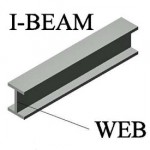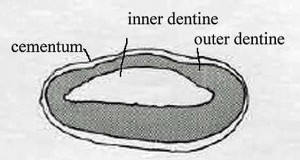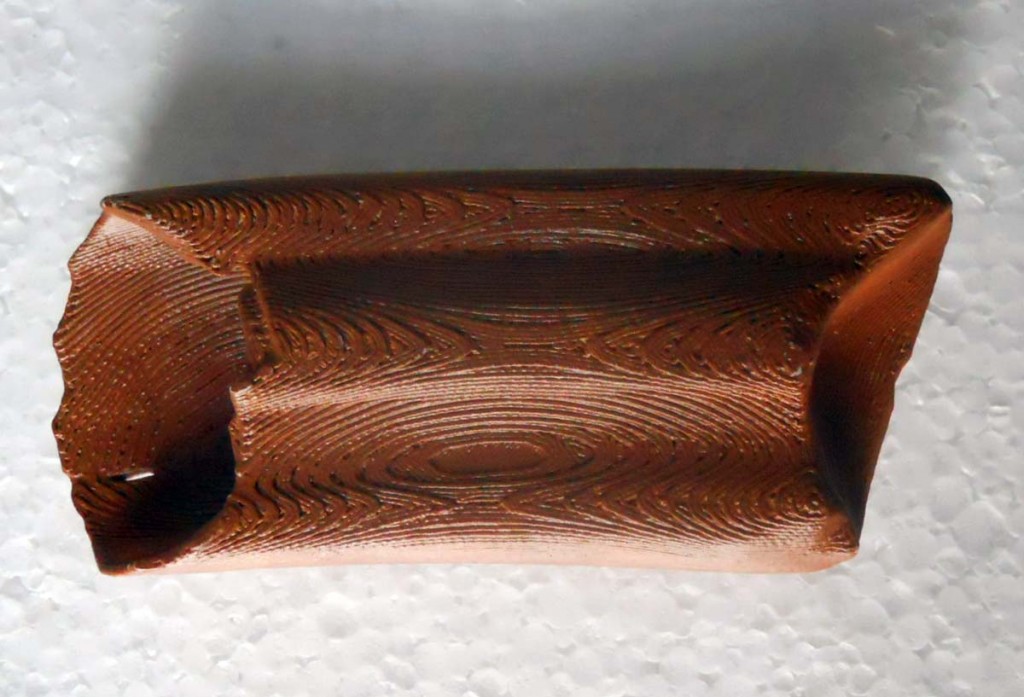 Look closer
Look closer
The glenoid cavity is pear-shaped, wider at the bottom and narrowing at the superior end. The oval shape is generally believed to confer a greater range of motion versus the narrower sockets of quadrupeds. (Aielo and Dean, 1990) Note the glenoid notch midway up the ventral rim of the socket of the adult’s bone. About half (55%) of humans have them too. (Prescher and Klümpen, 1997) Scientists disagree about their purpose. The ventral surface of the scapula or subscapular fossa gives origin to the broad subscapularis muscle, part of the rotator cuff quartet, which gathers as a wide tendon wrapping around the glenoid cavity to insert on the lesser tubercle of the humerus. The notch may simply form due to the pressure of a tendon and subsequent atrophy of the bone. (ibid) Alternatively, it may provide extra surface area for anchoring the inferior glenohumeral ligament, one of ligaments surrounding the cavity, important for stabilizing the humerus head (Miles, 1997).

 Getting Oriented
Getting Oriented magnifying the arm’s power. The smoother, flatter side is the ventral or “in” side, configured to fit snugly against the ribs on the back. The scapular
magnifying the arm’s power. The smoother, flatter side is the ventral or “in” side, configured to fit snugly against the ribs on the back. The scapular 
